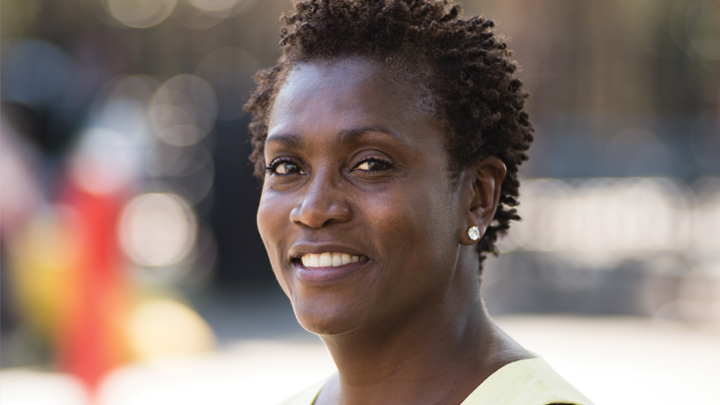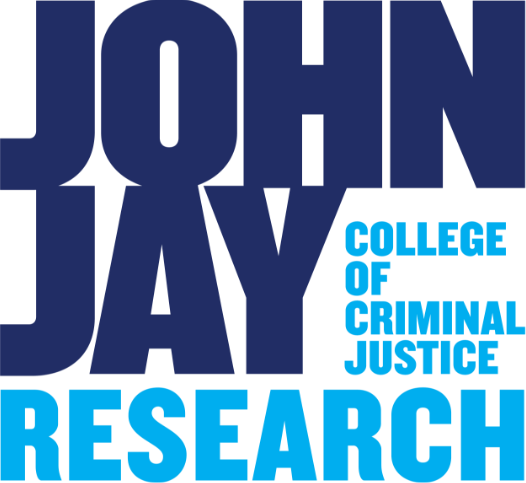
“We know delinquency; what we don’t is how they get there,” Allwood says. “What happens to them educationally, what happens cognitively, what happens to them emotionally, how do they begin to shift their view about the world?”
“I think whenever we’re thinking about forensics or criminal justice, we have to just remember that what we see in adulthood isn’t where the person or problem started,” she adds.
She first realized the devastating role environmental adversity can play on young people’s development while working in Detroit, where gun violence was a major issue. In her research there, she found that kids who had experienced such violence were likely to exhibit symptoms more generally associated with post-traumatic stress disorder, or PTSD, a common mental health problem among soldiers returning from war. This finding has in turn become the driving focus of her academic work, exploring the question of “whether community violence was similar to war violence, whether there would be similarities across the board.”
In her most recent project testing this hypothesis, Allwood has been studying the physiological effects of community violence exposure on urban youth. By taking physical markers such as blood pressure and reaction times, she hopes to ascertain whether these kids are more prone to aggression and other PTSD-like symptoms. “Under conditions of stress and under conditions of provocation,” she asks, “are they more likely to use aggressive strategies and react faster?” Early findings—in particular, that children’s perceived levels of stress are more strongly associated with physiological symptoms than the “objective” severity of events they experience—point to the importance of highly visible stressors as contributors to adolescent aggression.
Allwood’s early findings are a promising contribution to a burgeoning field. She is looking forward to testing new hypotheses in her research: whether arrests, which are particularly common in urban communities afflicted by violence, can lead to similar traumatic stress. It’s an especially relevant issue in New York, where hundreds of kids watch family or community members being handcuffed by police every day, or may be placed in custody themselves. In her data, Allwood has found that these kids “just serendipitously are having heightened symptoms of PTSD—but we don’t ask them, even though we know they have high symptoms, about the experience of being arrested and being detained itself as a potential trauma.”
Allwood hopes her work with community violence and childhood trauma encourages people to think differently about criminal justice outcomes – particularly those relating to young people. “What I really want to stress is that kids are feeling, thinking human beings who strive to survive the best way they can,” she says. “And when you live in a community where your alarms are constantly going off because of violence, you try to survive.”
